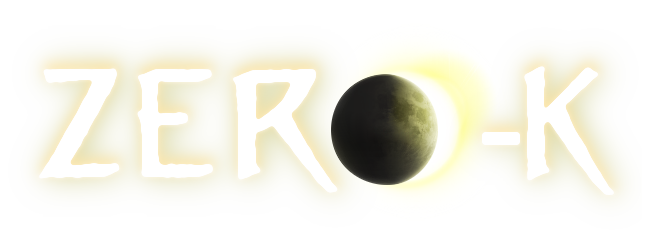What a shitty buildup lol. You could immediately tell that those "real video clips" were absolutely not real. They could've at
least not made the camera move in a perfect line, but the lighting still looked flat and unnatural. Edges look improper, and there's still little things it can't reproduce (like how almost ever structured surface has marginal amounts of glistering when you move). In particular, you can't reproduce marble, wet objects or metal with this approach. It will always look too, well, static during any movement.
Their main selling argument is how they can produce such detail with limited computer memory. It's not hard to see how, if they did manage to find a proper tree-based data structure that allows finding the point for a screen pixel in log(N), their claims of "unlimited" stuff will hold (as in, storage will be the limit). I'm still skeptical on disk access times though, pulling 1920x1080 pages from disk every frame is not going to work smoothly unless you can somehow cache stuff. Read: Small geometries (that largely fit into cache, like the cathedral) or repeating geometries (like what we saw years ago).
Quote from their website (actually the first thing you'll see going to their home page): "ACCESS ALL OF YOUR DATA IN LESS THAN A SECOND".
If "within at most a second" is what they want to use for real-time applications... Well you can see where this is going. And yes, the link refers you to using massive point cloud data on a normal PC, not some cloud storage solution.
Lol, another hilarious quote from their website: "By creating an ultra-efficient search algorithm – similar to the way that Google can instantly search the vast amounts of data on the internet – Bruce was able to fundamentally change the way that 3D data was handled by computers"
...what? Google can instantly search the entire internet? Right...
If he wants to compare his solution to the
massive amount of infrastructure Google's datacenters are using... sure.

